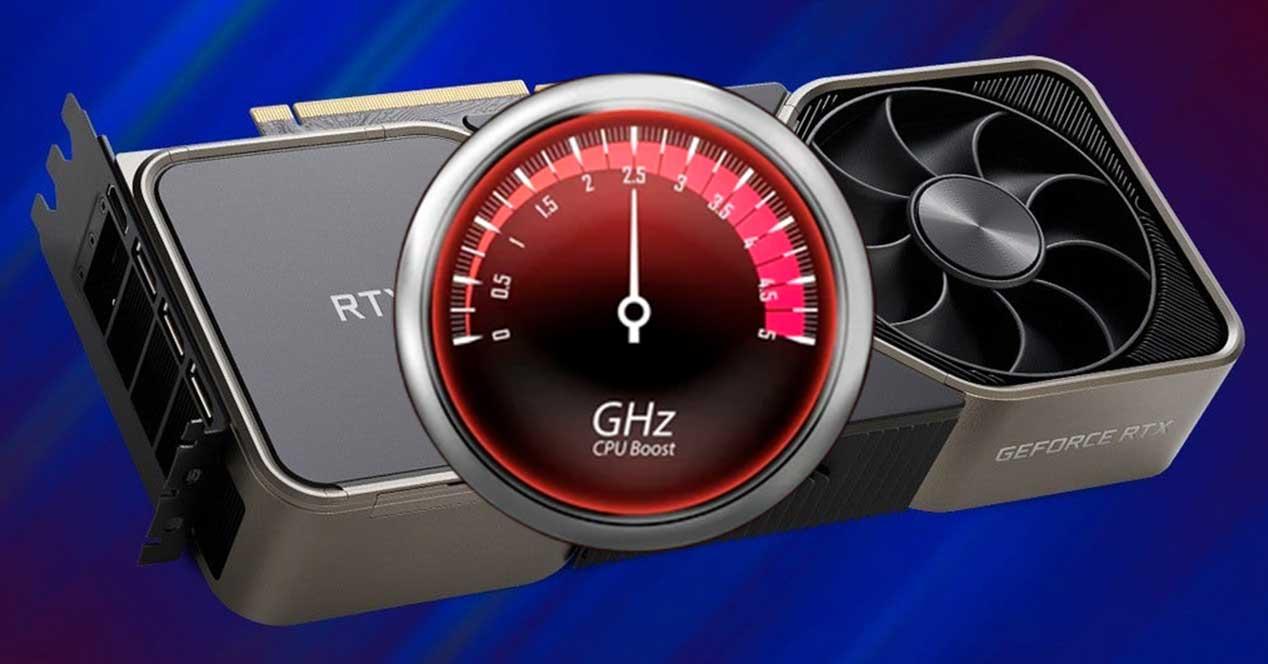While waiting for the presentation and launch of the new generation of NVIDIA graphics cards and the Ti model of the current top of the range, the most powerful RTX 30 continues to despise the rest of its generation. However, if you don’t have enough performance, you might have considered overclocking your RTX 3090. What is the maximum clock speed we can achieve with it?
We must take into account a series of elements that affect the increase in clock speed of any hardware. The first concerns energy consumption. Who in this graphics card is designed to draw 350W of power from the power supply, so we can never exceed that consumption value for the clock speed of what the GPU does.
Temperature and cooling are essential for a graphics card of this type
Moreover, it will reach the point where the temperature will be so high that the heat generated will not only affect the huge chip in the middle, but also the GDDR6X chips, which through thermal drowning will eventually lower their clock speed and with it strip it passing. The same situation, but in reverse. It can also happen, because if we put the GDDR6X at high speed, its temperature can affect the graphics chip. So the solution is in equilibrium.
This brings us to the second point, which is refrigeration, and it is important to emphasize this. At the standard speeds, which are the ones NVIDIA gives, all of their custom models work great when it comes to expelling the heat built up at those speeds, but when we get closer to certain limits there are models that are more resistant to speed increases than others. So we cannot say directly and objectively what the maximum speed of your specific RTX 3090 is.
What clock speed can an RTX 3090 achieve via overclock?
Let’s see what we can get from an NVIDIA RTX 3090 in its standard model, that is, the one that NVIDIA sold directly and what is one of the rarest parts to find right now and at the same time one of the most coveted due to its incredible technical specifications and performance even almost two years after its release. So far, no other has beaten it in terms of raw performance and only its Ti variant and next-gen models will.
The maximum speed that the RTX 3090 can reach is 2 GHz stably. From there, every small increase in speed will be a huge increase in voltage and with it its power consumption. That is, we will approach the point where the TDP rises enormously and with it the temperature generated. This is why we will need our graphics card to have a good liquid cooling system included with the card. This will obviously cause the unit to have a significant additional price premium.









